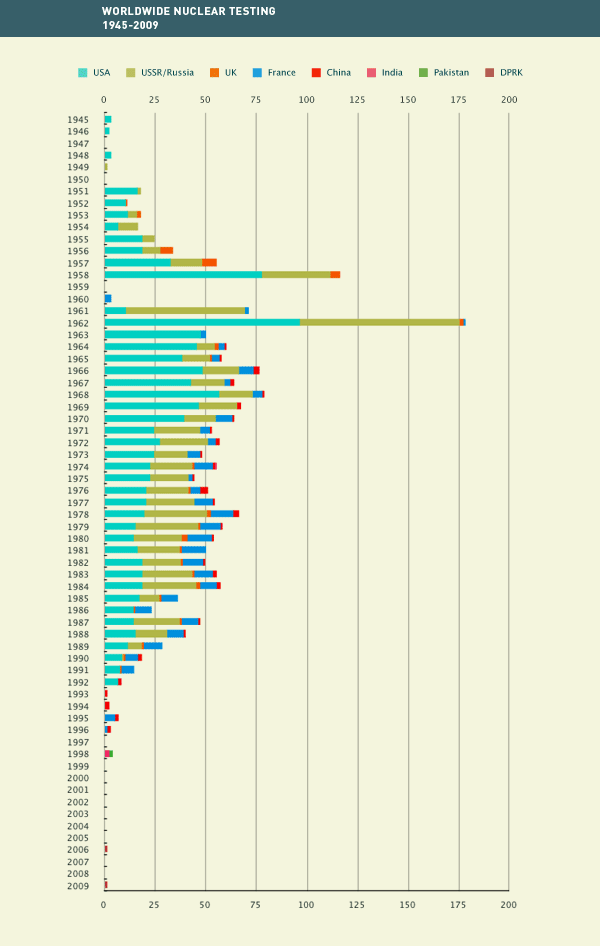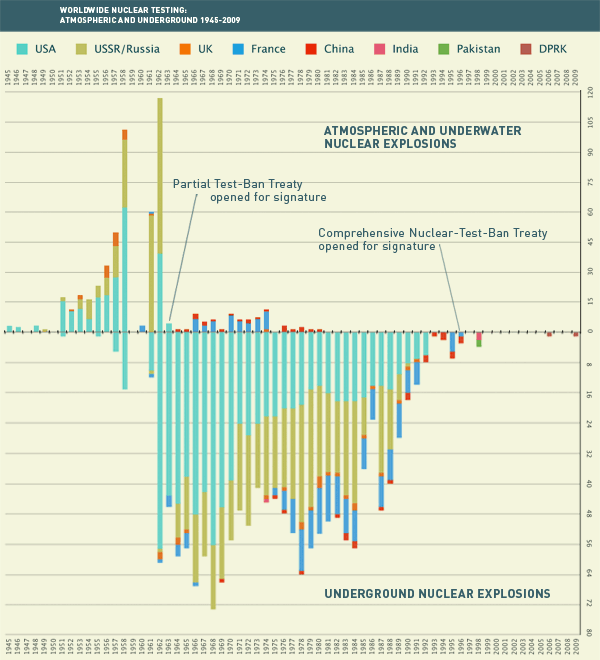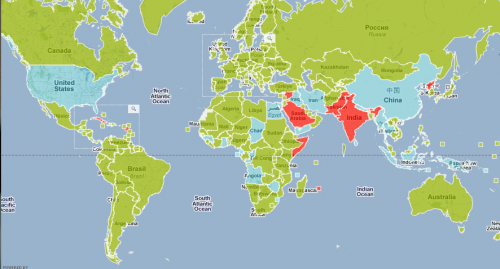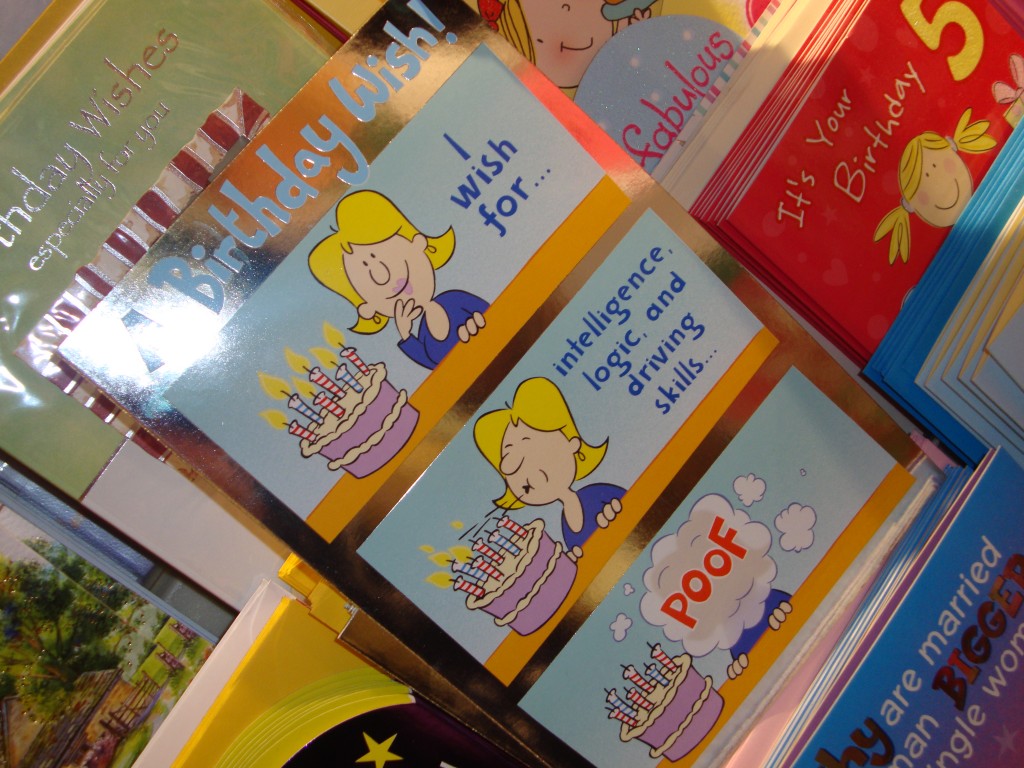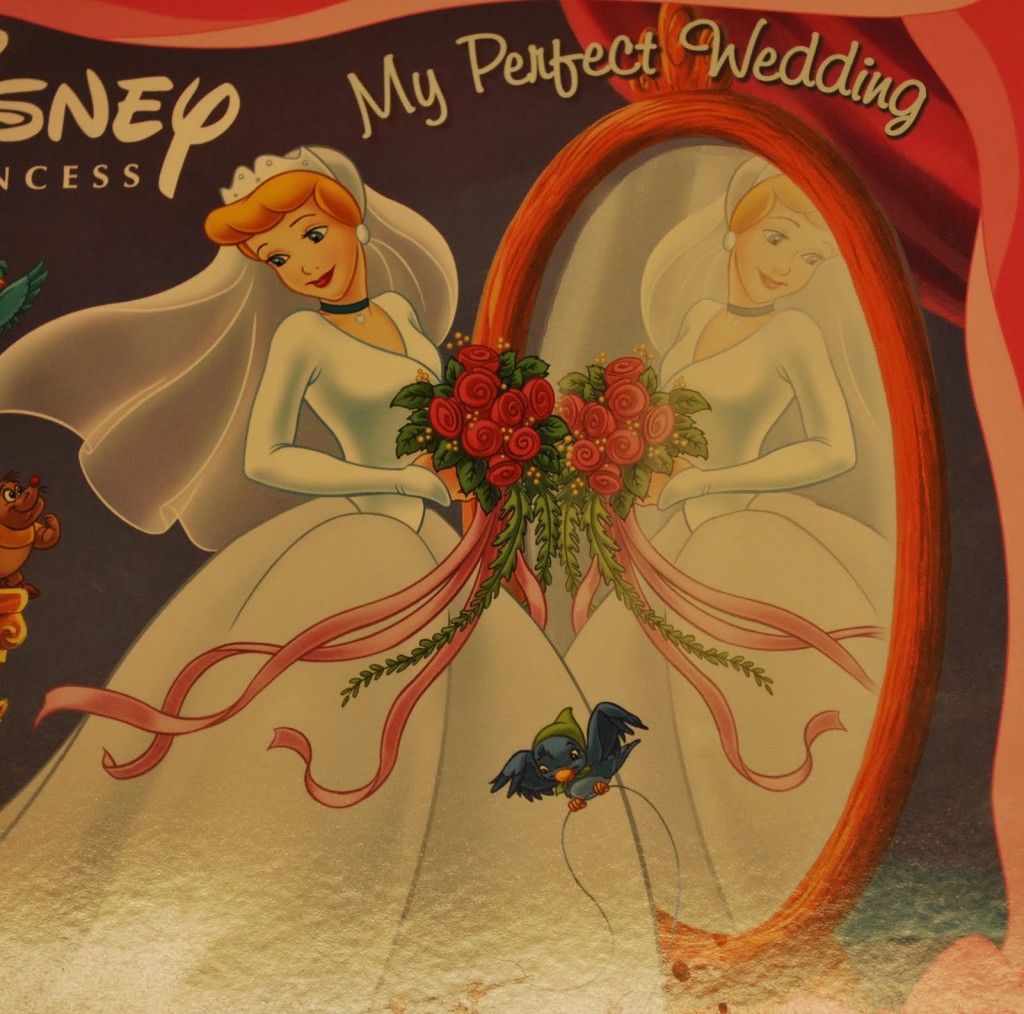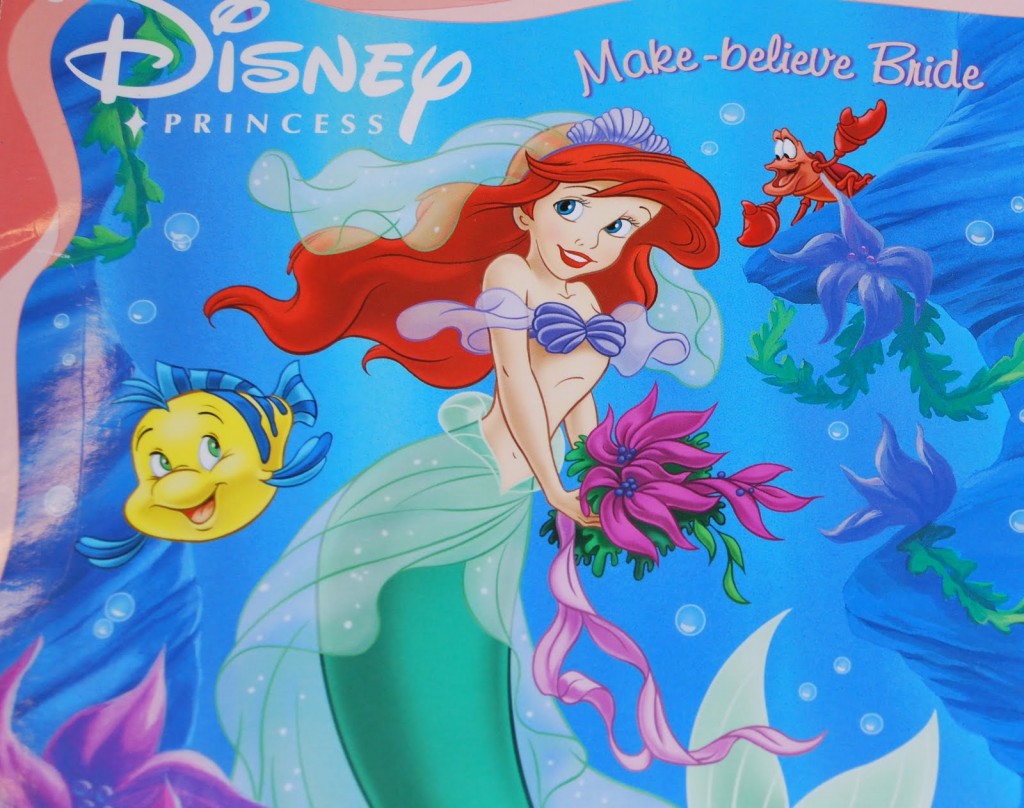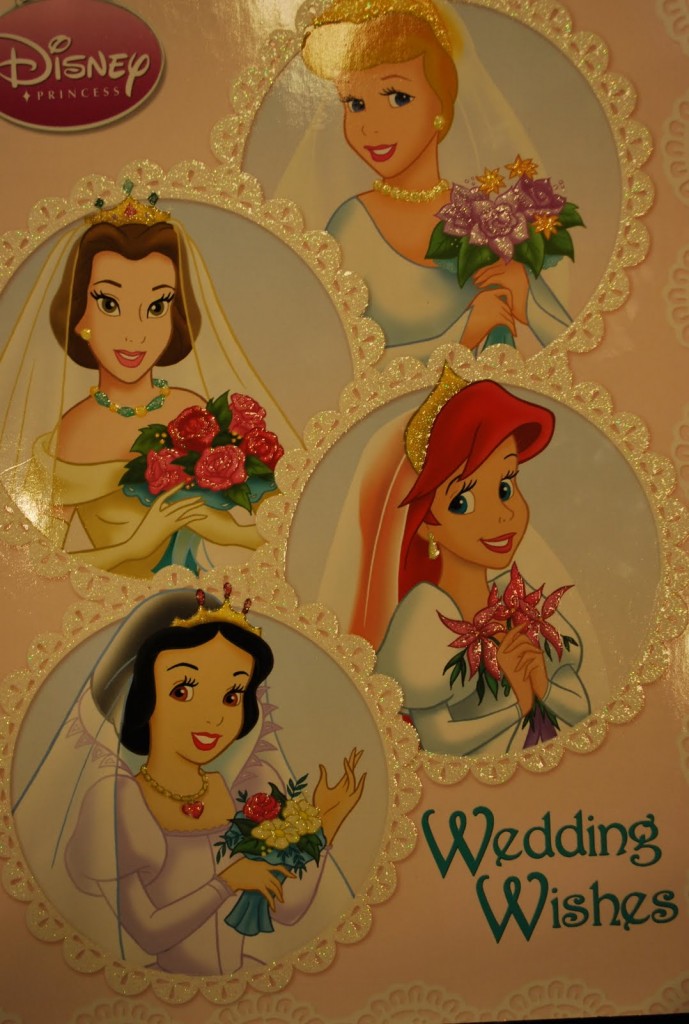Deepa D. sent in an interesting post from Racebending about the race/ethnicity and gender of stars who get top billing in Paramount movies. Three volunteers at Racebending analyzed relevant data on movies produced or distributed by Paramount Pictures since 2000, as well as those currently in development. They focused on top billing — that is, which stars are most frequently highlighted in promotional materials, whose names appear highest in the credits, and so on. This both reflects power and status in Hollywood (the more prestige you have, the higher you’re likely to be credited compared to lower-status stars with similar screen time) and contributes to it (higher billing leads to more exposure and attention. Racebending explains:
Various types of Credit include Main Title Credit (before the movie starts), End Title Credit (after the movie is over), Paid Advertising Credit (mention during commercials and publicity), Above-the-Title Credit (name shows up on top of the movie name in promos and on screen), and Billing Block Credit (the block of text on posters and trailers.)
Their methodology:
For our review, we simply looked at which actor is listed first on imdb.com. Even if several actors have received top billing or above the title billing, someone is always listed first…
Our review of actors in top billing was necessarily subjective, but the cultural ethnicity and gender of most of Paramount’s top-billed actors like John Travolta, Angelina Jolie, and Samuel L. Jackson are well established in the public sphere. For animated characters like Shrek the Ogre, Spongebob Squarepants, and Eliza Thornberry we looked to the gender and ethnicity of the voice actor. We simply tallied the first actor billed, (for example: Malin Ackerman in Watchmen, Chris Pine in Star Trek, Ben Affleck in The Sum of All Fears, Jamie Foxx in The Soloist, Noah Ringer in The Last Airbender.)
The analysis found that the vast majority of top-billed stars in Paramount films from 2000 to 2009 are male, while movie audiences are about 45% male:
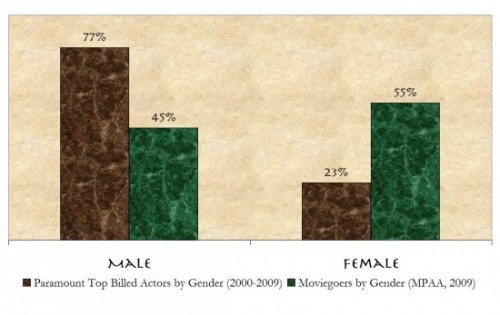
An even higher proportion — 86% — of top-billed stars are White (the green bars show each groups percent of the overall U.S. population):
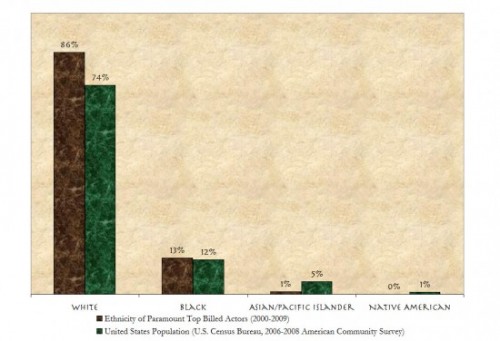
The category White there specifically includes White non-Hispanics. No Latinos had top billing in Paramount movies during this time period. Also,
Out of 133 movies either produced or distributed, 17 had a black lead actor and only one had an Asian actor–Parry Shen in the film Better Luck Tomorrow (2002). However, Paramount did not produce Better Luck Tomorrow, the company distributed the film to theaters after the film made the independent film circuit.
When the data are broken down by race/ethnicity and gender, we see that the vast majority of top-billed stars who are non-White are men. Non-White women are almost entirely shut out:
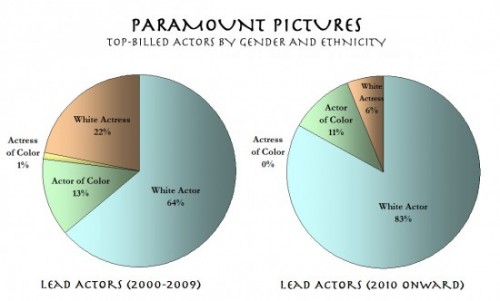
The chart on the right represents films currently under development. While Whites predominate in the starring roles in these projects, notice that White women make up only 6% of top-billed stars, and non-White men make up about twice that proportion.
This is, of course, just one studio. If you have links to similar data on other studios, or on movies more generally, send them in!
Related posts: the Bechdel test, the real stars of Glee, underrepresenting women in Hollywood, the Smurfette principle, whitening Heroes, White actors in yellowface, casting cheat sheet, Hollywood’s discomfort with Asian lead characters, race in Transformers II, gender in Pixar films, racist Disney characters, and the gender hierarchy in Bee Movie.

